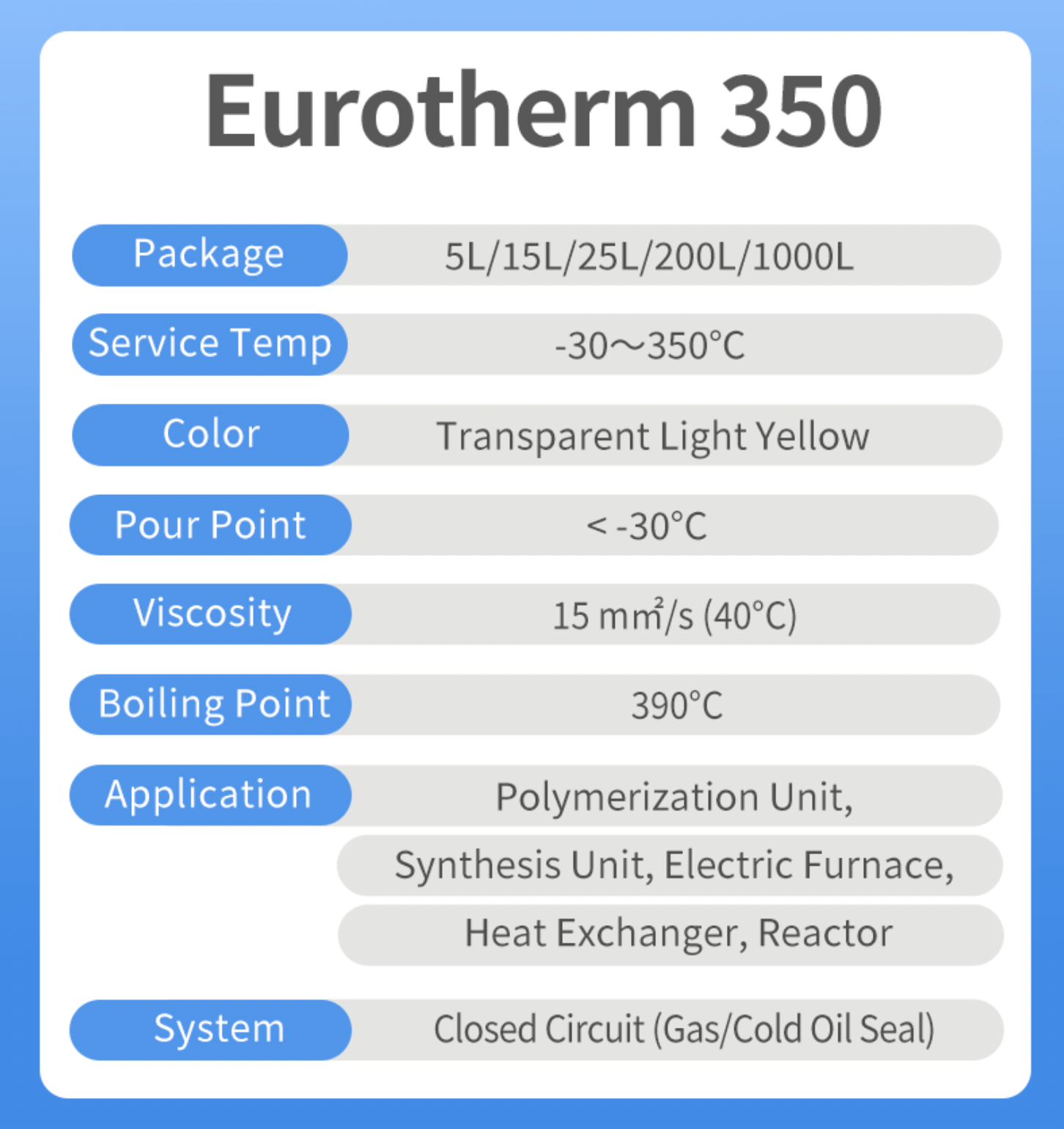Top Guidelines Of Chemie
Top Guidelines Of Chemie
Blog Article
The Ultimate Guide To Chemie
Table of ContentsChemie - TruthsChemie - An OverviewThe Buzz on ChemieSome Ideas on Chemie You Should KnowThe Chemie IdeasThe Ultimate Guide To Chemie
By Bojanna Shantheyanda, Sreya Dutta, Kevin Coscia and David SchiemerDynalene, Inc. Fluid air conditioning, which can be attained utilizing indirect or direct means, is made use of in electronics applications having thermal power densities that might surpass safe dissipation through air cooling. Indirect fluid cooling is where heat dissipating electronic components are physically divided from the liquid coolant, whereas in case of direct cooling, the parts are in straight call with the coolant.However, in indirect cooling applications the electric conductivity can be vital if there are leaks and/or spillage of the liquids onto the electronics. In the indirect cooling applications where water based fluids with deterioration inhibitors are generally utilized, the electric conductivity of the liquid coolant generally depends upon the ion concentration in the liquid stream.
The rise in the ion concentration in a closed loophole fluid stream may happen as a result of ion seeping from steels and nonmetal components that the coolant liquid is in call with. Throughout operation, the electric conductivity of the fluid might increase to a level which might be hazardous for the air conditioning system.
The 4-Minute Rule for Chemie
(https://www.tripadvisor.in/Profile/chemie999)They are grain like polymers that are qualified of exchanging ions with ions in a service that it is in call with. In the here and now job, ion leaching tests were executed with various metals and polymers in both ultrapure deionized (DI) water, i.e. water which is treated to the greatest levels of pureness, and low electric conductive ethylene glycol/water blend, with the determined modification in conductivity reported in time.
The samples were allowed to equilibrate at space temperature for two days before tape-recording the first electric conductivity. In all tests reported in this research study liquid electric conductivity was measured to an accuracy of 1% making use of an Oakton disadvantage 510/CON 6 series meter which was calibrated prior to each measurement.
What Does Chemie Mean?
from the wall surface heating coils to the center of the furnace. The PTFE sample containers were put in the furnace when consistent state temperatures were gotten to. The examination arrangement was removed from the heating system every 168 hours (7 days), cooled down to room temperature level with the electric conductivity of the liquid determined.
The electric conductivity of the fluid sample was kept an eye on for a total amount of 5000 hours (208 days). Schematic of the indirect shut loop cooling down experiment set-up. Components used in the indirect closed loophole cooling experiment that are in contact with the fluid coolant.

Not known Facts About Chemie
The adjustment in fluid electrical conductivity was checked for 136 hours. The liquid from the system was collected and saved.

0.1 g of Dowex material was contributed to 100g of fluid samples that was absorbed a different container. The mix was mixed and alter in the electric conductivity at space temperature level was determined every hour. The gauged change in the electrical conductivity of the UP-H2O and EG-LC test liquids consisting of polymer or steel when involved for 5,000 hours at 80C is shown Figure 3.
Our Chemie PDFs
Ion leaching experiment: Calculated change in electrical conductivity of water and EG-LC coolants consisting of either polymer or metal samples when immersed for 5,000 hours at 80C. The results show that steels added less ions right into the fluids than plastics in both UP-H2O and EG-LC based coolants.
Fluids including polypropylene and HDPE exhibited the lowest electrical conductivity adjustments. This might be due to the brief, inflexible, linear chains which are much less most likely to contribute ions than longer branched chains with weaker intermolecular pressures. Silicone likewise executed well in both examination fluids, as polysiloxanes are usually chemically inert due to the high bond energy of the silicon-oxygen bond which would certainly stop destruction of the material right into the fluid.
How Chemie can Save You Time, Stress, and Money.
It would be expected that PVC would certainly generate similar outcomes to those of PTFE and HDPE based on the comparable chemical structures of the products, nevertheless there might be various other impurities present in the PVC, such as plasticizers, that might affect the electrical conductivity of the liquid - meg glycol. In addition, chloride teams in PVC can additionally seep right into the test fluid and can trigger an increase in electrical conductivity
Buna-N rubber and polyurethane revealed indicators of degradation and thermal decay which suggests that their feasible utility as a gasket or glue material at greater temperature levels might bring about application concerns. Polyurethane totally broke down right into the examination fluid by the end of 5000 hour test. Number 4. Before click resources and after photos of steel and polymer samples immersed for 5,000 hours at 80C in the ion seeping experiment.
Measured adjustment in the electrical conductivity of UP-H2O coolant as a function of time with and without resin cartridge in the shut indirect cooling loop experiment. The gauged change in electrical conductivity of the UP-H2O for 136 hours with and without ion exchange resin in the loop is shown in Figure 5.
Report this page